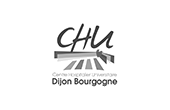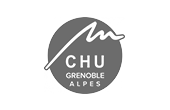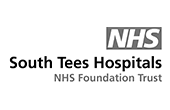Basés à Marseille, nous développons et commercialisons des dispositifs médicaux innovants dans les domaines de l’anesthésie et de la réanimation. Nos produits sont utilisés dans le monde entier en blocs opératoires et en unités de soins intensifs.
nos domaines d’application

analgesie
Au bloc opératoire et en réanimation, l’AlgiScan mesure en quelques secondes le niveau d’analgésie des patients.

La gamme de curarisation de IDMED a été développée pour monitorer de façon objective le niveau de curarisation et de décurarisation des patients.

Le NeuroLight mesure de façon précise et reproductible la pupille permettant une analyse fine du réflexe photomoteur.
IDMED
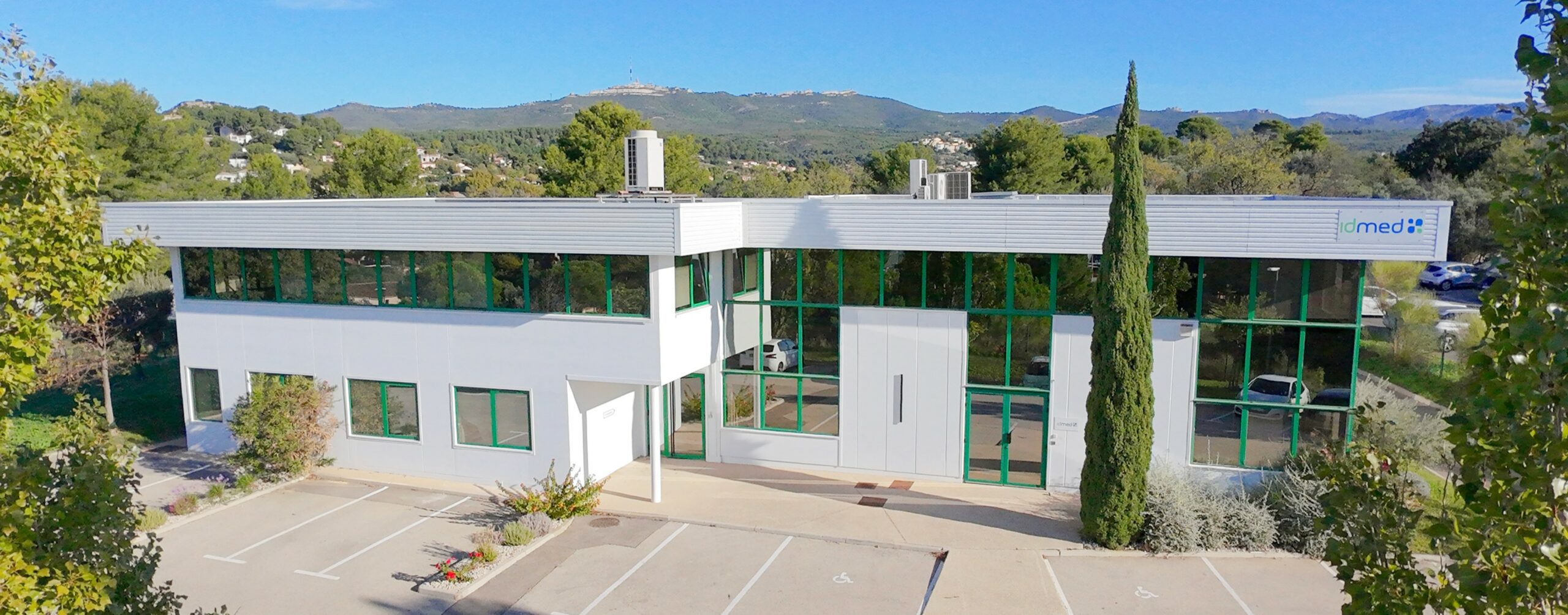
IDMED, société française basée à Marseille, développe et commercialise des dispositifs médicaux innovants dans les domaines de l’anesthésie et de la réanimation. Nos produits sont utilisés dans le monde entier en blocs opératoires, en unités de soins intensifs, en consultations neuro-ophtalmologiques et en laboratoires de recherche.
Nos produits sont couramment utilisés dans les domaines de la pupillométrie, le monitorage de la curarisation et le monitorage de l’analgésie.
Le WiTOF® se positionne en véritable station de curarisation sans fil pour une aide au pilotage en temps réel de la profondeur de curarisation.
Le NeuroLight® mesure de façon précise et absolue la pupille et le réflexe photomoteur des patients afin d’en affiner le bilan neurologique en réanimation et soins intensifs.
Le ToFscan® est un moniteur de curarisation utilisant des capteurs tridimensionnels ne nécessitant aucune calibration avant utilisation.
L’AlgiScan® permet aux anesthésistes de mesurer le niveau d’analgésie des patients grâce à la technique de la pupillométrie appliquée au réflexe de dilatation pupillaire.
Le CuffGuard® qui régule automatiquement la pression du ballonnet de la sonde d’intubation utilisée lors de la ventilation mécanique des patients en réanimation.
L’objectif d’IDMED est d’apporter son savoir-faire technique au service de la santé afin d’améliorer et faciliter les pratiques cliniques. C’est en collaboration avec des praticiens de chacune d’elles que nous développons nos produits, afin qu’ils soient fiables, innovants et un réel intérêt clinique.
Nos domaines d’application :
- L’anesthésiologie
- La réanimation
- Le suivi des neuropathies
- La pharmacologie
- La mesure de la douleur chez le patient non communiquant
IDMED, société française basée à Marseille, développe et commercialise des dispositifs médicaux innovants dans les domaines de l’anesthésie et de la réanimation. Nos produits sont utilisés dans le monde entier en blocs opératoires, en unités de soins intensifs, en consultations neuro-ophtalmologiques et en laboratoires de recherche.
Nos produits sont couramment utilisés dans les domaines de la pupillométrie, le monitorage de la curarisation et le monitorage de l’analgésie.
Le WiTOF® se positionne en véritable station de curarisation sans fil pour une aide au pilotage en temps réel de la profondeur de curarisation.
Le NeuroLight® mesure de façon précise et absolue la pupille et le réflexe photomoteur des patients afin d’en affiner le bilan neurologique en réanimation et soins intensifs.
Le ToFscan® est un moniteur de curarisation utilisant des capteurs tridimensionnels ne nécessitant aucune calibration avant utilisation.
L’AlgiScan® permet aux anesthésistes de mesurer le niveau d’analgésie des patients grâce à la technique de la pupillométrie appliquée au réflexe de dilatation pupillaire.
Le CuffGuard® qui régule automatiquement la pression du ballonnet de la sonde d’intubation utilisée lors de la ventilation mécanique des patients en réanimation.
L’objectif d’IDMED est d’apporter son savoir-faire technique au service de la santé afin d’améliorer et faciliter les pratiques cliniques. C’est en collaboration avec des praticiens de chacune d’elles que nous développons nos produits, afin qu’ils soient fiables, innovants et un réel intérêt clinique.
Nos domaines d’application :
- L’anesthésiologie
- La réanimation
- Le suivi des neuropathies
- La pharmacologie
- La mesure de la douleur chez le patient non communiquant

idmed en chiffres
utilisateurs quotidiens

collaborateurs

distributeurs

tasses de café par an
IDMED WORLDWIDE
Nos collaborateurs et distributeurs sont à votre écoute pour répondre à vos besoins et aux besoins de vos patients.
![]() Distributeurs implantés
Distributeurs implantés
*Distributors located
![]() Distributeurs en cours d’implantation
Distributeurs en cours d’implantation
*Distributors being implemented
une entreprise éco-responsable

Nous sommes une
entreprise eco-responsable

Libre choix de matériel
à usage unique ou réutilisable

Maîtrise
des coûts

Un circuit court
de production
références
ils nous font confiance

NOUS CONTACTER :

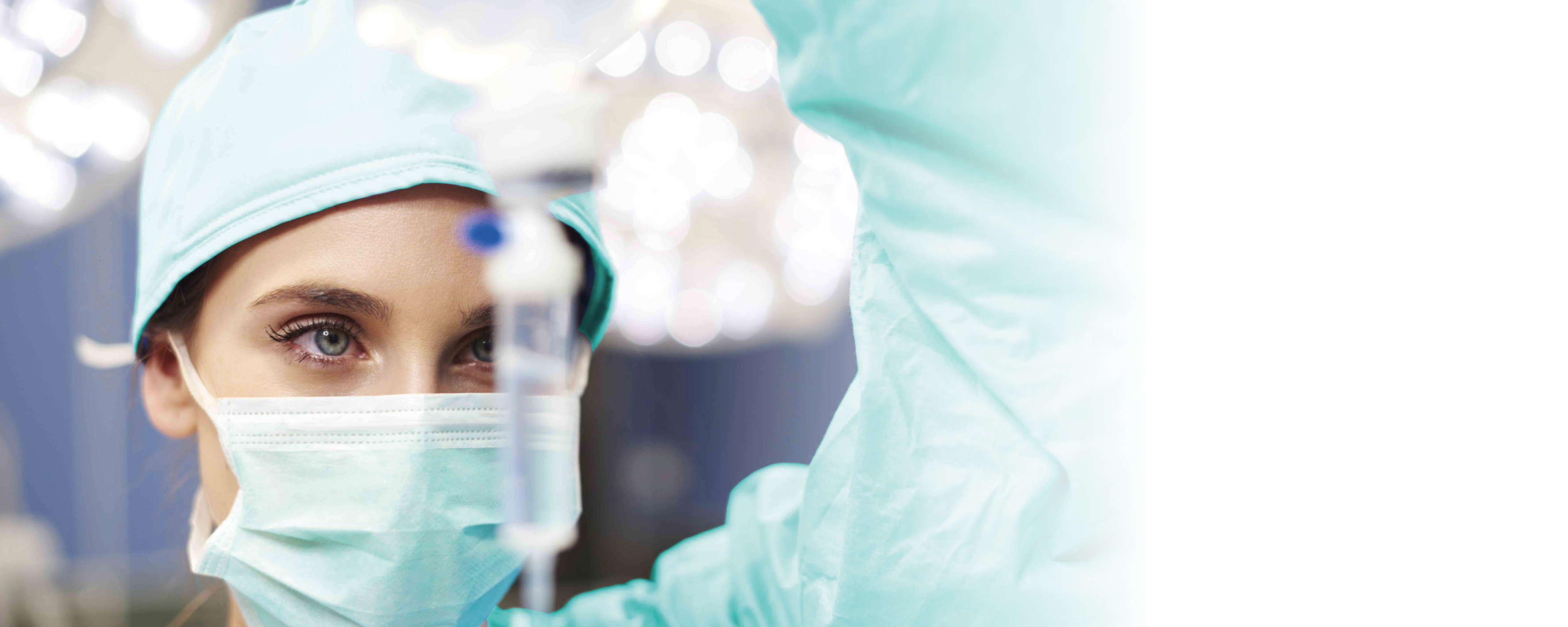

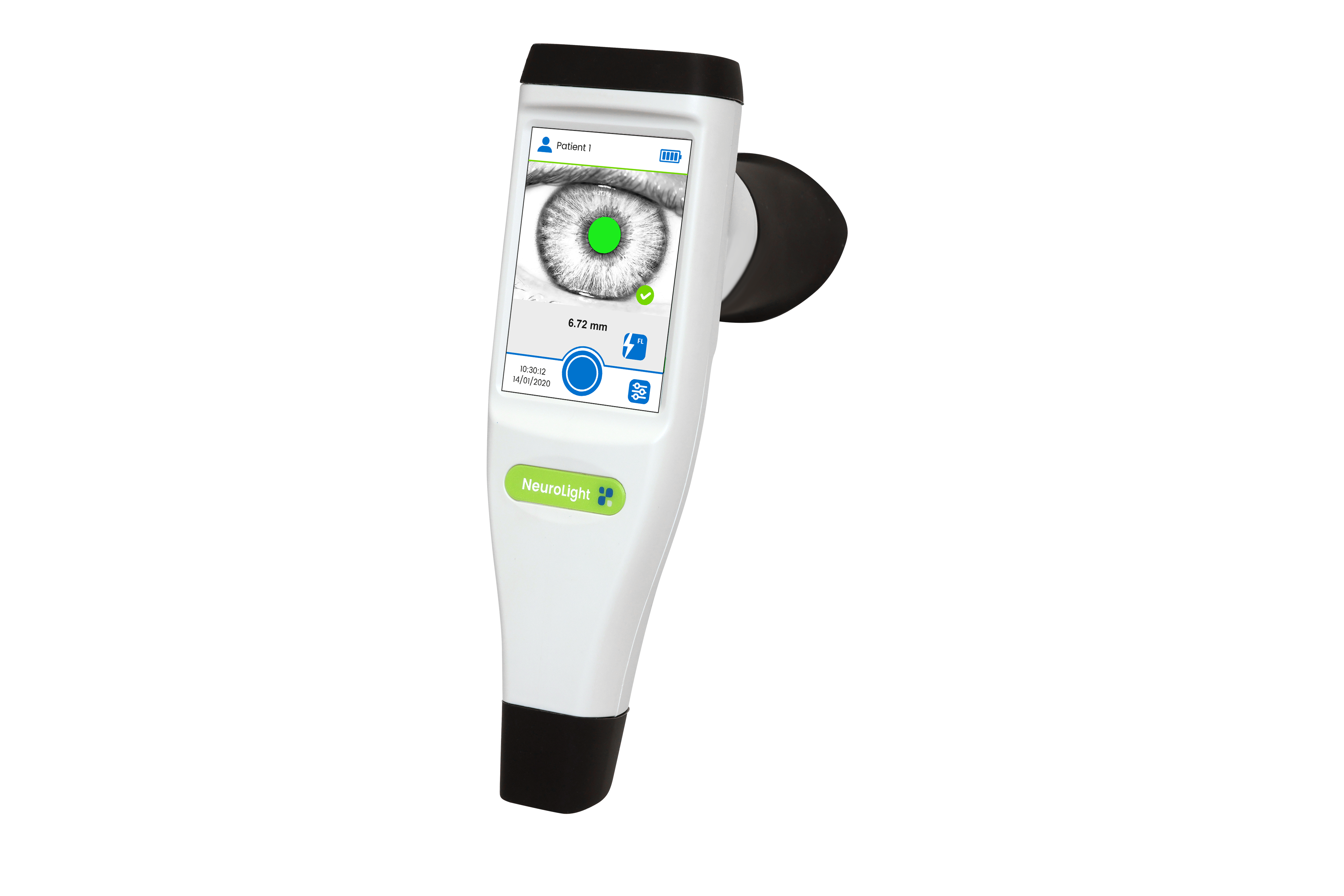

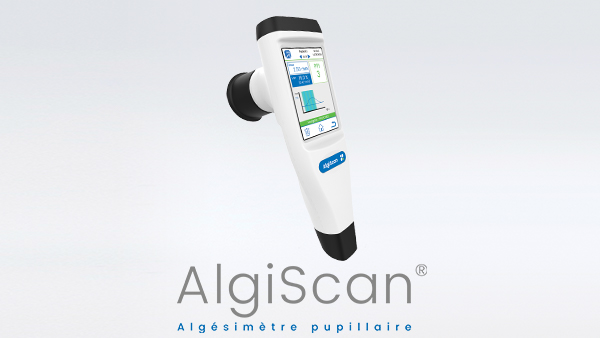
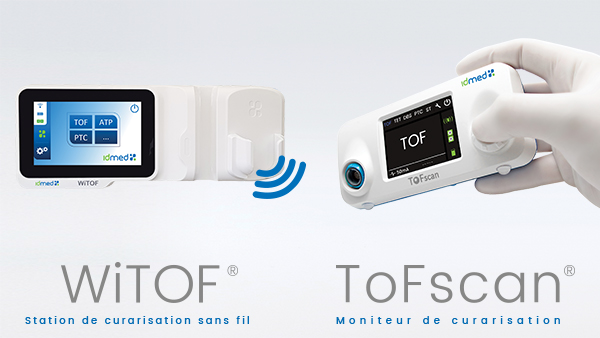
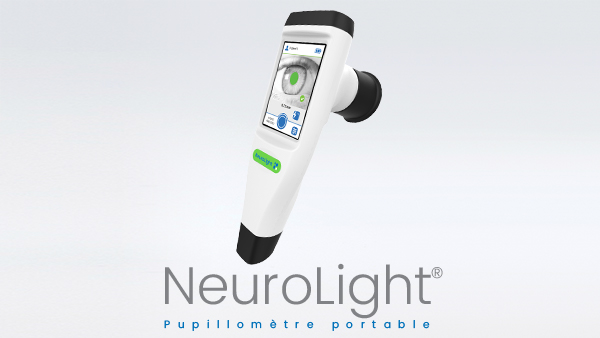

 CONTACT
CONTACT






